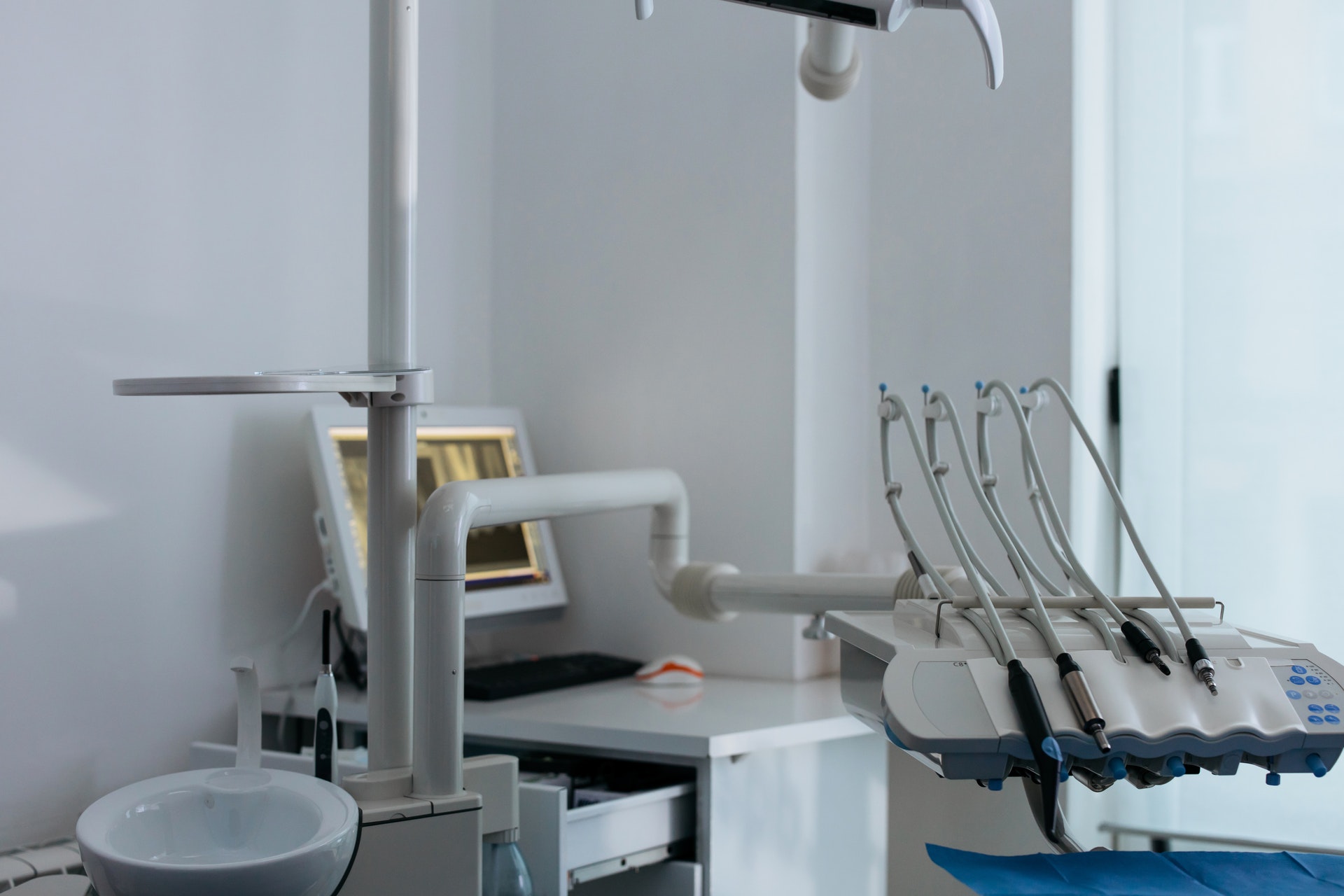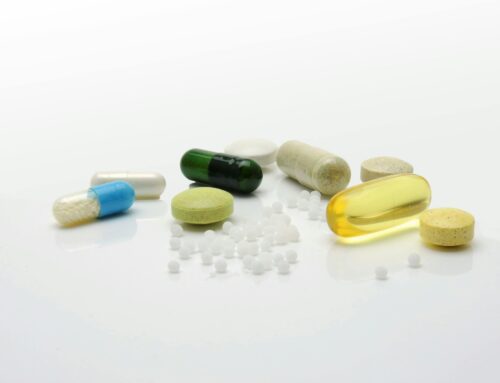Recent research has led to a new dental tool that researchers have stated is capable of measuring the acidity built up by the bacteria in plaque that leads to cavities. This is an important development. In the long term, it is possible that this tool could be used in routine dental care, which could give many people knowledge on specific areas in their mouth that are at risk of decay.
We all aim to stop cavities wherever possible. We attempt this through having strong oral hygiene, lowering sugar intake and generally living a healthy life. But it isn’t always possible to stop cavities developing.
Now, researchers have created a dental tool that could be very useful in detecting areas most at risk of cavities. It does this by looking at the specific types of bacteria that are in a person’s mouth.
This dental tool can measure the level of acidity in a person’s mouth. This is very useful in seeing the overall state and health of a person’s mouth.
Background
The process of cavities forming begins with dental plaque turning sugars into acid [1]. Dental plaque, bacteria and acid all act to cause tooth decay, which eventually leads to a person needing a cavity filling. If left untreated, a root canal may eventually be required.
Using a fluoride based toothpaste is crucial, as it can help to strengthen the enamel, which leads to teeth being more resistant to the harmful effects of bacteria and acid [1].
But not all bacteria is bad. For example, there are a huge number of potential types of bacteria, with some posing no harm to teeth. Therefore, being able to pinpoint particular types of bacteria in the mouth can be very useful to dentists and patients alike.
The research
The research was conducted by the University of Washington’s School of Dentistry Center for Pediatric Dentistry. Their findings were presented in the IEEE Transactions on Biomedical Engineering journal [2].
The researchers built the device based on past research. The device is called the O-pH system. It is a prototype at this stage, though the researchers hope to finalise it soon.
The device was tested on 30 patients between the ages of 10 and 18. The researchers chose children because the enamel on the teeth of adolescents is usually much thinner than that of adults [2]. Therefore, this places more importance on spotting acid erosion.
The O-pH is an optical device that displays an LED light. Before the tool is used, an FDA-approved dye is applied to the teeth of the participant [2].
The device is then positioned over the teeth. It works by measuring the reaction of the LED light, mainly seeing the level of fluorescence. The light then travels to a central box that provides the pH reading [2].
By having a pH reading, it would mean that a dentist would see the current state of bacteria in the mouth, specifically with the level of plaque covering the teeth [2].
In mouth locations that has the most fluorescent colouring, the bacteria is at its worst. Therefore, it would give dentists and patients knowledge on which teeth, and more specifically, which part of the tooth, will be most at risk of developing cavities [2].
The researchers tested the teeth of the participants both before and after professional dental cleaning [2]. The researchers found that the tool worked for both, and produced clear results that could be interpreted easily.
What this means
This could be a really useful tool in the future. The O-pH device could be used to prevent cavities. It will give patients an idea of the overall health of their oral health. It could also become part of a routine dental check-up.
Manuja Sharma, lead author, discussed the findings [3]. She said about how “plaque has a lot of bacteria that produce acid when they interact with the sugar in our food” [3]. Sharma went on to say “this acid is what causes the corrosion of the tooth surface and eventually cavities” [3].
Sharma spoke of how useful the tool could be. She said “so if we can capture information about the acidic activity, we can get an idea of how bacteria are growing in the dental biofilm, or plaque” [3].
The researchers did caution that there are limitations to their study. For example, this includes being unable to consistently measure the same location on each tooth during each phase of testing. Therefore, while the O-pH device is promising, future research will be needed.
Thinking points…
1) As this article shows, bacteria has the potential to be harmful. Therefore, it is important to be careful about our diet, as too much sugar can be harmful. Acid can become rampant in the mouth, which then results in decay. Try to maintain excellent oral hygiene, including regularly brushing your teeth, flossing and attending check-ups on a regular basis.
2) This research is exciting. In fact, the O-pH device may even be able to be used in routine check-ups in the future. But for now, it is still important to attend regular check-ups, as your dentist will be able to give advice on your oral health. It is important to treat problems straight away, rather than let them worsen. Consider booking an appointment now!
What we offer at Taradale Dental
Taradale Dental is a dental clinic based in Calgary, Alberta, Canada. We offer many services, including regular check-ups, cavity fillings and root canals.
We recommend that our patients attend our Calgary-based dental clinic twice a year for a regular dental check-up. When problems are detected, we have many treatments available. For instance, these include cavity fillings and root canals.
Here at Taradale Dental, we also have some cosmetic treatments available! These include dental implants, tooth tooth whitening, Invisalign™! These treatments can have a positive impact on your appearance, confidence and self-esteem.
Importantly, we recommend brushing your teeth at least twice a day and flossing regularly. Moreover, eating healthily and trying to avoid sugary foods and drink is helpful.
In addition, all of our services at our Calgary dental clinic Taradale Dental are in line with the Alberta Dental Fee Guide.
We would love you to visit our Taradale Dental clinic in Calgary! You can find out more about us by visiting our website https://taradaledental.ca.
References
[1] NHS Choices. (2019). Tooth Decay. Available: https://www.nhs.uk/conditions/tooth-decay/. Last accessed: 11th March 2022.
[2] Manuja Sharma, Lauren K. Lee, Matthew D. Carson, David S. Park, Se W. An, Micah G. Bovenkamp, Jess J. Cayetano, Ian A Berude, Zheng Xu, Alireza Sadr, Shwetak N. Patel, Eric J. Seibel. (2022). O-pH: Optical pH Monitor to Measure Oral Biofilm Acidity and Assist in Enamel Health Monitoring. IEEE Transactions on Biomedical Engineering. 1. DOI: https://doi.org/10.1109/TBME.2022.3153659.
[3] University of Washington. (2022). New dental tool prototype can spot acidic conditions that lead to cavities. Available: https://www.miragenews.com/new-dental-tool-prototype-can-spot-acidic-739363/. Last accessed: 11th March 2022.




[…] Research Has Led to a New Dental Tool That Researchers Have Stated Is Capable of Measuring the Acidity Built Up by the Bacteria in Plaque That Leads to Cavities […]